As superhero films grow in popularity every year, my opinion on the genre continues to sour. Although I still like new releases such as “Spiderman: Into the Spiderverse,” the over-saturation of competing studios like Marvel and DC make every new release feel like a conglomerate slog. Year after year, Marvel and DC films come out in increasing numbers. The more of these movies I watch, the more monotonous they become.
Creating a shared universe that runs through each movie may be an amazing feat, but it creates films that all have the same problems. Some movies feel complacent; held back by subsequent movie releases and unable to strive for originality. To make a new superhero film that still entices audiences, you have to include a new spin to the genre. This new spin could come from an artistic standpoint (“Spider-Man: Into the Spiderverse”) or a storytelling standpoint (“Avengers: Infinity War”). “Shazam” tries to do the latter. While the film succeeds in its comedic timing and direction, it still falls in the same pitfalls as other superhero flicks.
The greatest strength of “Shazam” is the comedy. The film centers around a 14-year-old boy named Billy Batson who suddenly inherits the powers of a superhero from a dying wizard. Because the film centers around Boston and his foster roommate, the film does not make itself very seriously. It explores the “What-if” scenario of gaining superpowers that every child envisioned. This leads to plenty of hilarious scenes similar to the film “Big” where Batson discovers his responsibilities as a superhero and a person who looks like an adult. These scenes completely sell the movie and feel much more genuine than the comedy-laced seriousness of other superhero movies. It realizes its concept is ridiculous and decides to capitalize on it instead of trying to be something it’s not.
The characters are also another strong aspect of the film. A cast that consists of mostly kids usually ends in disaster. Directing children is a daunting task, since they have less experience and can easily sound inauthentic. All of the child actors in this film are serviceable to great. The youngest individuals are obviously at a disadvantage and do not feel as genuine, but the older children all act authentically. The dialogue between Batson and his roommate Freddy is very believable. Except for the extras, the kids act like actual people instead of child actors. The dynamic between Batson and his mother is also one that I found distinct.
This film tackles the issues of family and foster children. While child abandonment themes are not a new concept to family films, “Shazam” tackles it in a way that is not too overbearing for the audience. It is a driving force behind Batson to find his mother and the reason behind why he outcasts himself from his foster parents. The search for his mother is an overarching plot point, but it isn’t overbearing on the comedy portion of the film. It is a perfect addition and contrast to the comedy aspects without being too overly dramatic.
The well-controlled dramatization of the characters is well stabilized for most of the film. Sadly, there still are problems with tone and production in “Shazam” that are hard to ignore. The fighting in this film was not well done, which is strange considering the genre this film resides in. Most of the action relies on slow motion, which doesn’t create a satisfying resolution to any of the kicks or punches.
The editing is also a little inconsistent and choppy in these scenes. The low point of the film is the very beginning, which explores the origin of the villain, Thaddeus Sivana. The darker tone of the beginning sequence did not clash well with the rest of the movie, jumbling expectations I had going forward. There are also random horror elements that seem needlessly squeezed into the movie similar to the opening scenes. These scenes are very reminiscent of “Indiana Jones” films, which also are full of dark moments in an otherwise tame adventure movie. Surprising horror moments work poorly in “Shazam” because of the contrast between the main core of the movie. The film is supposed to be a comedy movie that also explores themes of abandonment. Watching these strange scenes of horrific imagery add nothing to the experience other than momentary shock.
While not all of the pieces of “Shazam” come together into an untimely superhero classic, it is still a pleasant surprise in an otherwise increasingly dull genre. The genuine emotion and comedy in this film is extremely refreshing. There is build-up and payoff to every important character arc, and the main core of the story is stabilized well in its contrasting elements. Hopefully DC will take notes and use “Shazam” as a foundation to make even better movies moving forward.
Creating a shared universe that runs through each movie may be an amazing feat, but it creates films that all have the same problems. Some movies feel complacent; held back by subsequent movie releases and unable to strive for originality. To make a new superhero film that still entices audiences, you have to include a new spin to the genre. This new spin could come from an artistic standpoint (“Spider-Man: Into the Spiderverse”) or a storytelling standpoint (“Avengers: Infinity War”). “Shazam” tries to do the latter. While the film succeeds in its comedic timing and direction, it still falls in the same pitfalls as other superhero flicks.
The greatest strength of “Shazam” is the comedy. The film centers around a 14-year-old boy named Billy Batson who suddenly inherits the powers of a superhero from a dying wizard. Because the film centers around Boston and his foster roommate, the film does not make itself very seriously. It explores the “What-if” scenario of gaining superpowers that every child envisioned. This leads to plenty of hilarious scenes similar to the film “Big” where Batson discovers his responsibilities as a superhero and a person who looks like an adult. These scenes completely sell the movie and feel much more genuine than the comedy-laced seriousness of other superhero movies. It realizes its concept is ridiculous and decides to capitalize on it instead of trying to be something it’s not.
The characters are also another strong aspect of the film. A cast that consists of mostly kids usually ends in disaster. Directing children is a daunting task, since they have less experience and can easily sound inauthentic. All of the child actors in this film are serviceable to great. The youngest individuals are obviously at a disadvantage and do not feel as genuine, but the older children all act authentically. The dialogue between Batson and his roommate Freddy is very believable. Except for the extras, the kids act like actual people instead of child actors. The dynamic between Batson and his mother is also one that I found distinct.
This film tackles the issues of family and foster children. While child abandonment themes are not a new concept to family films, “Shazam” tackles it in a way that is not too overbearing for the audience. It is a driving force behind Batson to find his mother and the reason behind why he outcasts himself from his foster parents. The search for his mother is an overarching plot point, but it isn’t overbearing on the comedy portion of the film. It is a perfect addition and contrast to the comedy aspects without being too overly dramatic.
The well-controlled dramatization of the characters is well stabilized for most of the film. Sadly, there still are problems with tone and production in “Shazam” that are hard to ignore. The fighting in this film was not well done, which is strange considering the genre this film resides in. Most of the action relies on slow motion, which doesn’t create a satisfying resolution to any of the kicks or punches.
The editing is also a little inconsistent and choppy in these scenes. The low point of the film is the very beginning, which explores the origin of the villain, Thaddeus Sivana. The darker tone of the beginning sequence did not clash well with the rest of the movie, jumbling expectations I had going forward. There are also random horror elements that seem needlessly squeezed into the movie similar to the opening scenes. These scenes are very reminiscent of “Indiana Jones” films, which also are full of dark moments in an otherwise tame adventure movie. Surprising horror moments work poorly in “Shazam” because of the contrast between the main core of the movie. The film is supposed to be a comedy movie that also explores themes of abandonment. Watching these strange scenes of horrific imagery add nothing to the experience other than momentary shock.
While not all of the pieces of “Shazam” come together into an untimely superhero classic, it is still a pleasant surprise in an otherwise increasingly dull genre. The genuine emotion and comedy in this film is extremely refreshing. There is build-up and payoff to every important character arc, and the main core of the story is stabilized well in its contrasting elements. Hopefully DC will take notes and use “Shazam” as a foundation to make even better movies moving forward.












































































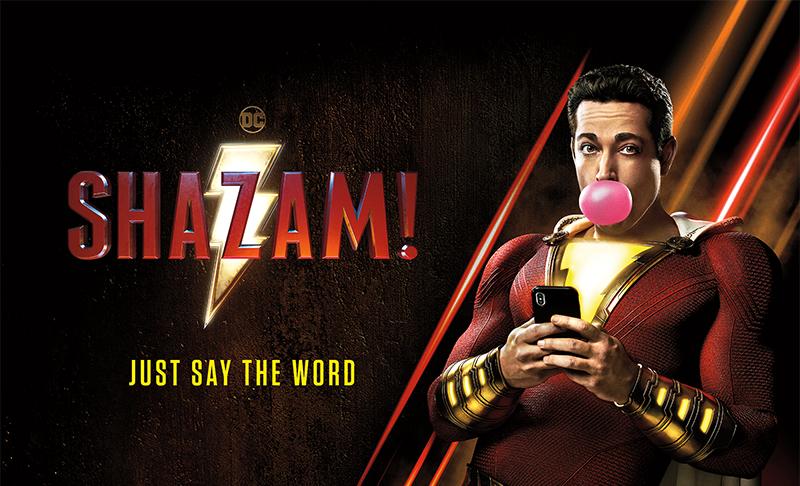


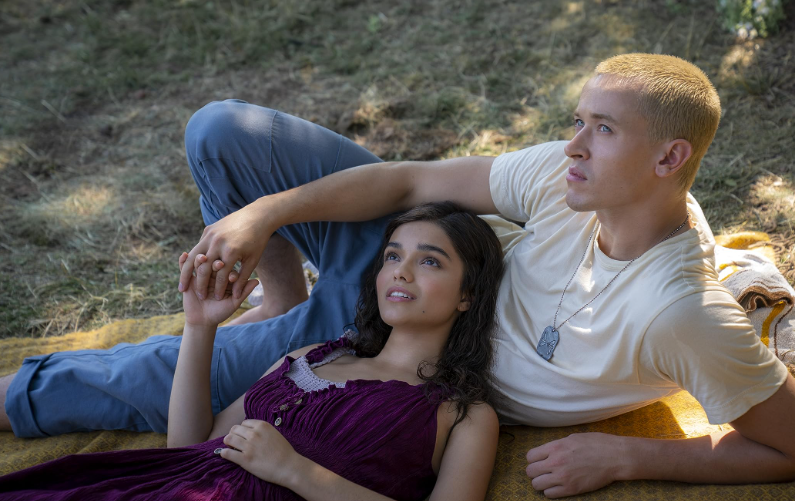
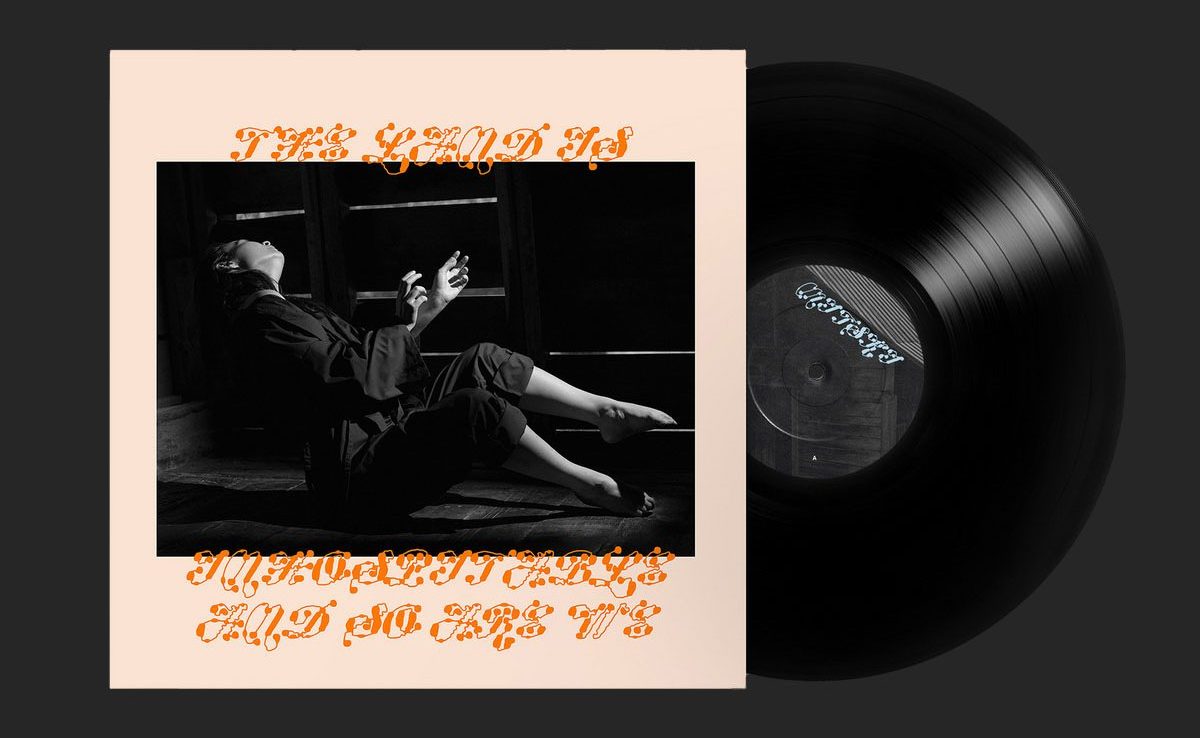

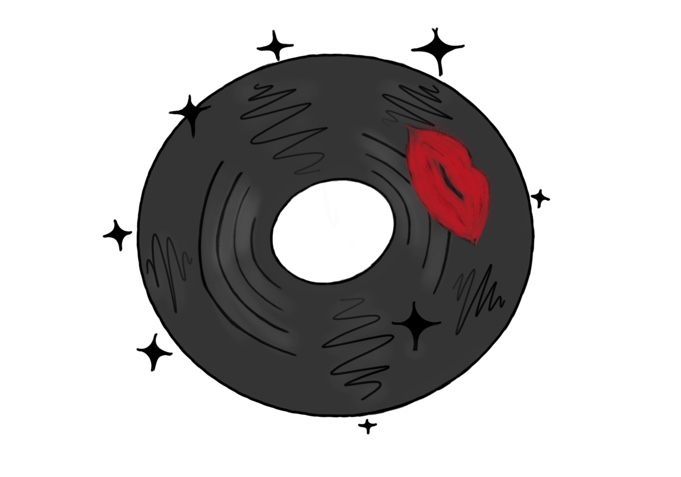
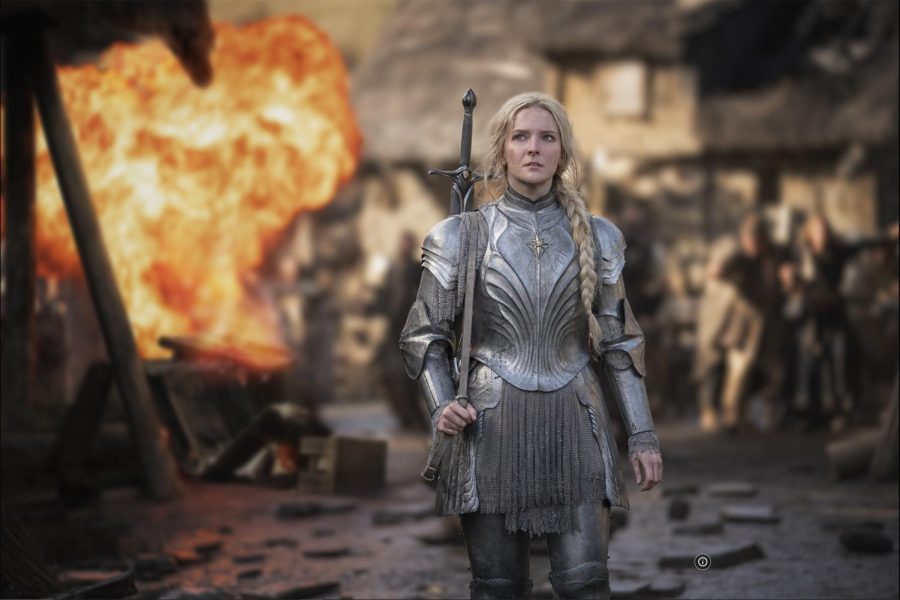
Brandon Kim • Apr 12, 2019 at 9:54 pm
This looks great! I can’t wait until I see the movie!